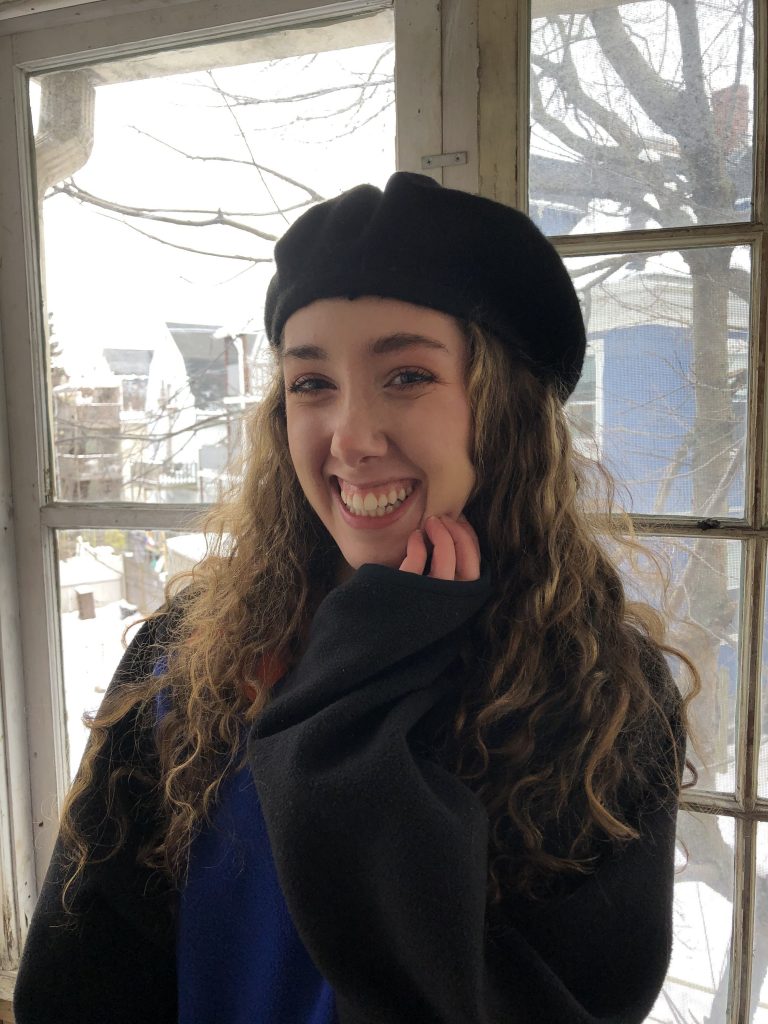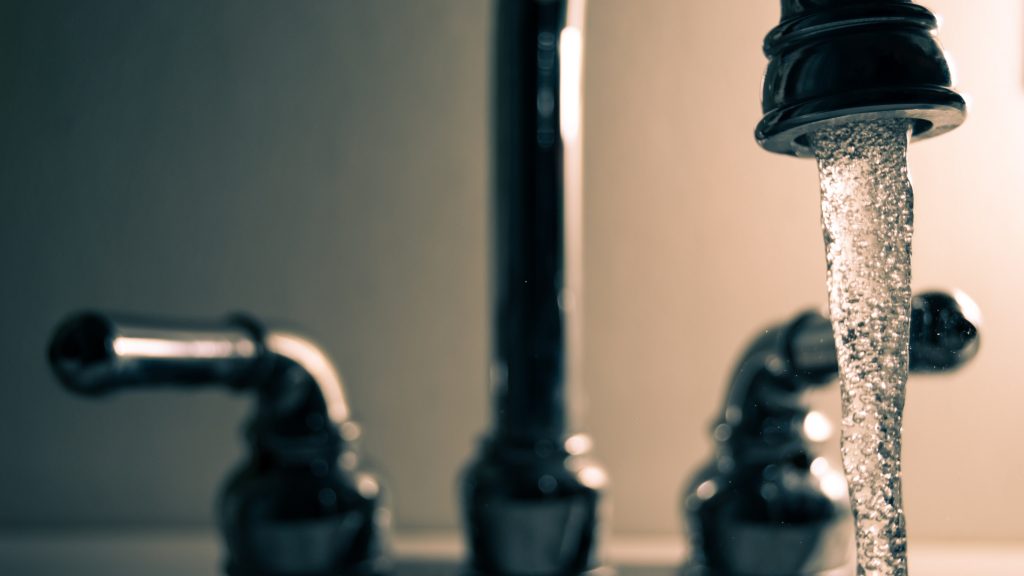IL Latino News covers the social determinants of health and democracy. Neighborhood and Built Environment have health impacts for the people who live there. Aspects of neighborhood environments include walkability, land use mix and urbanity, retail, recreational areas, restaurants, fast food outlets, cultural and education institutions, and pollution, such as from traffic or waste sites.
IL Latino News applies the principles of Solutions Journalism in its invesitgative reporting.
Activists across the South Side of Chicago demand transparency from the Department of Water Management as the city attempts to combat lead contamination in drinking water.
While the City has not publicly reported new results since the end of 2021, existing data from the City of Chicago website shows that a significant portion of water tests with elevated lead levels were recorded in Black and Hispanic communities.
Linda Gonzalez, a member of the People’s Council of Southeast Chicago, is advocating for change following her experience with the city-sponsored Equity Lead Service Line Replacement Program.
Listen to the podcast…
Gonzalez resides in the South Deering neighborhood of Slag Valley. In addition to ongoing concerns over air quality, the far South Side community is characterized by old buildings and a high concentration of lead service lines, which, according to the Illinois Department of Public Health, can be a significant contributor to lead contamination of drinking water.
Gonzalez was found eligible for a free service line replacement by the city and began the process to replace service lines on her property in fall 2021. She worked with two contractors, one assigned by the city and another representing the construction company.
The process took between six and eight months, according to Gonzalez. While the replacement itself came as a relief, Gonzalez identified potential problems for other homeowners looking to take advantage of the program.
“Getting the required documents always makes the process more difficult. But if you have the documents, then do you have access to the Internet? Are you getting notifications? Do you know how to upload documents? There are a lot of limitations,” Gonzalez said.
The activist suggested methods to counter the lack of transparency and provide further assistance to concerned homeowners.
“[Water filters] should be offered standard to anybody having this problem. People should be notified on an annual basis that lead pipes need to be replaced and that the City’s trying to do something about it,” Gonzalez said, emphasizing the importance of communication.
Gonzalez also recommended increased accessibility, including printing bills in Spanish as well as English.
Gina Ramirez, a prominent activist and Southeast Chicago resident, strives to raise awareness about lead contamination in her own community.
“Growing up on the Southeast Side with my father working downtown, I really learned, from a young age, the tale of two cities, how different and much cleaner the air was in downtown Chicago,” said Ramirez, who currently serves as the senior advisor of the Southeast Environmental Task Force, a member of Chicago Environmental Justice Network, and Midwest Outreach Manager at the National Resource Defense Council.
While Ramirez fights to direct attention to a variety of climate issues including air pollution, water quality has been an area of increasing focus.
The issue hits close to home for Ramirez.
“My mom is disabled and low-income, and my sister and my nephew live with her, and she’s very concerned about her lead service lines. It’s an over-100-year-old home,” Ramirez said.
“She has been struggling to fill out the Equity Line Replacement Program paperwork. It’s been almost two years of red tape and them coming down, saying that she’s still missing a piece of documentation.”
Requested documents included the deed to the house, utility bills and Ramirez’s nephew’s report card.
“She was like ‘Gina, they basically want to see my underwear.’ I have to keep pressuring her to follow through, but she has really given up hope for this program,” Ramirez said.
One home in Ramirez’s neighborhood reported lead levels of 1,100 parts per billion, according to City of Chicago water test data. This measurement is near 65 times the Environmental Protection Agency action level of 15 parts per billion.
Under the EPA’s Lead and Copper Rule, a city must take steps to control corrosion and possibly replace service lines if lead concentrations exceed 15 ppb in more than 10% of customer taps sampled. The city must also inform the public of ways to protect their health.
In communities like Ramirez’s, residents have adopted measures to safeguard their own health.
“I grew up drinking bottled water. You’ll see, in shopping carts in my neighborhood, cases of water. It’s just something that’s not talked about enough, that a lot of community members don’t trust the tap,” Ramirez said.
Ramirez took steps to monitor water quality in her own home, but was quickly confronted by limitations faced by the community at large.
“I ordered a water testing kit. It took a month for me to get it, so I’m in the process of getting my water tested,” Ramirez said. “But it’s like an extra chore, and when you live in an environmental justice community, you’re struggling to put food on the table, trying to get to work, you have children to raise, you might not even have the Internet to go on the website to order the test…the onus is on the person.”
Ramirez slammed the City of Chicago for deflecting attention from water quality issues through efforts like Chicagwa, a free giveaway of canned Lake Michigan water in summer 2022.
“The City came out with this campaign about how the great the water is, and that it goes through this 10-step purification process. No matter how purified this water is, it goes through a lead straw, which defeats the point of the purification process,” Ramirez said.
“I think they’re trying to put a Band-aid over this issue. I thought it was a huge slap in the face when the mayor spent over $100,000 on this public relations campaign, and that’s a few lead service lines that could’ve been replaced in an [environmental justice] community.”
Spokespeople from the City of Chicago Department of Water Management say that municipal drinking water is safe for consumption.
According to an email from spokeswoman Megan Vidis, Chicago’s drinking water follows all standards including the EPA’s Copper and Lead Rule. A recent test of a small subset of homes yielded results of 5.6 parts per billion, well below the 15 ppb standard set by the EPA.
While the homes tested were a small subset of homes in Chicago, Vidis said, results from the entire testing kit program, in which homeowners tested their own drinking water, showed similar numbers.
These results directly contradict the September 2022 analysis by The Guardian journalists and water engineer Eileen Betanzo. Across four zip codes on Chicago’s South Side alone, eight to 10% of tests fell above the action level of 15 ppb.
Vidis said that the analysis was not conducted by an independent, third-party laboratory.
Regardless of the action level, the EPA has set the maximum contaminant level goal for lead in drinking water at zero parts per billion. According to a guide on the EPA website, lead is a toxic metal that can have damaging health effects even at low exposure levels.
Ramirez expressed frustration with Vidis’ response.
“Those action levels don’t mean anything to me, as the mom of a son who has autism. We know that there’s no safe level of lead. I’m sure her children are drinking out of a non-lead service line with a filter, unlike my child,” Ramirez said. “It’s crazy, these excuses that these officials make, and it’s just same old, same old.”
The matter of lead contamination of drinking water is not limited to Chicago. Other cities across the United States face the same problems and have addressed them with varying degrees of success.
One notable example is Newark, New Jersey. In under three years, the City’s Lead Service Line Replacement Program completed nearly 24,000 free service line replacements. The effort initially began in March 2019 and was projected to last up to 10 years. By September of the same year, however, a $120 million bond from Essex County eliminated the cost for residents and reduced the program’s timeline to only three years.
Chicago Mayor Lori Lightfoot set a goal to replace 650 service lines in 2021 following expansion of the Equity Lead Service Line Replacement Program. However, only 280 homeowners had lines replaced under city programs over the past two years, according to a December 2022 report.
Other states including Connecticut, Pennsylvania and Wisconsin are collaborating with the EPA through its Lead Service Line Replacement Accelerator initiative. The program will support these states in directing funding from President Biden’s Bipartisan Infrastructure Law towards the replacement of service lines.
Illinois is not listed as a collaborator on this initiative.
To combat inaction by the City of Chicago, Gonzalez and Ramirez work with local activist groups to campaign for transparency.
Through her work with the Southeast Environmental Council, a group that has since expanded from its humble beginnings on Facebook, Gonzalez fights for policy changes through cooperation with local government.
“I’m glad to be in conversation with all the candidates who are excited about this community,” Gonzalez said. “The idea is that [the Southeast Environmental Council] is going to be around no matter who the candidate is, but things need to change in terms of how decisions are made. That can be uncomfortable work, but I’m excited to get this message out.”
Ramirez spoke further to the impact of community-based advocacy groups.
“I think people want to believe that the city has their best interest in mind. People I talk to day in and out say, ‘That’s why we have the EPA, right? They’re the ones who are supposed to be protecting us.’ And I’m like, ‘That’s why organizations like NRDC exist, because they’re not always doing the best job, and are underfunded and under-resourced,” Ramirez said.
“I think [environmental justice] groups are really great at having peer-to-peer interaction about what is needed in our communities. I distrust the government because I’m in it. But if I’m thinking about it from an outside perspective, I don’t think they realize.”
According to Ramirez, progress in environmental justice communities has a long way to go.
“You want to believe that your city is protecting your health, but then you see issues like General Iron,” Ramirez said, referencing former administrations’ cooperation with the planned move of a metal-shredding facility to the Southeast Side.
“I think the distrust of the city government is really on the rise, especially after you see the perpetual disinvestment on the South and West Sides of Chicago.”
Cover Photo by Steve Johnson

Mackenzie Tatananni is a graduate student at Northwestern University’s Medill School of Journalism. Her reporting focuses on public health and environmental justice.
IL Latino News partners with Medill School of Journalism in providing students mentoring and real work experiences.




